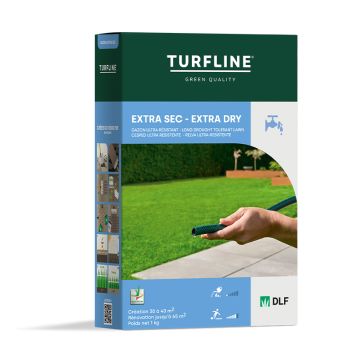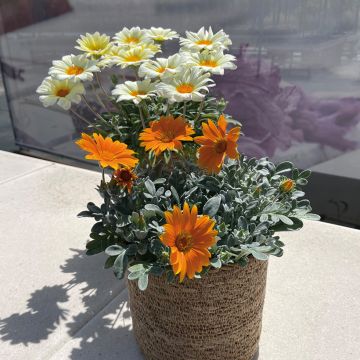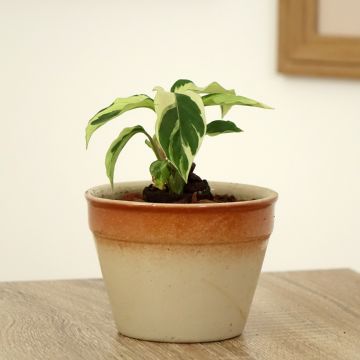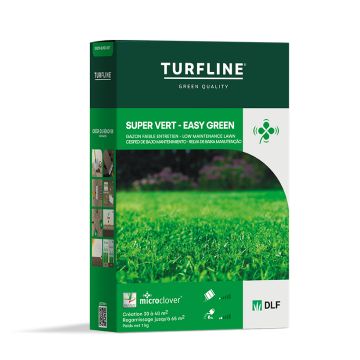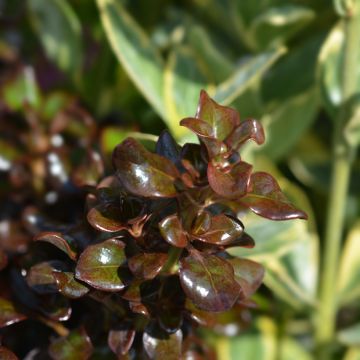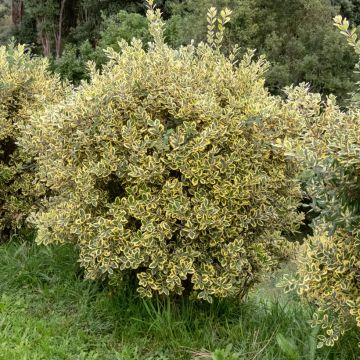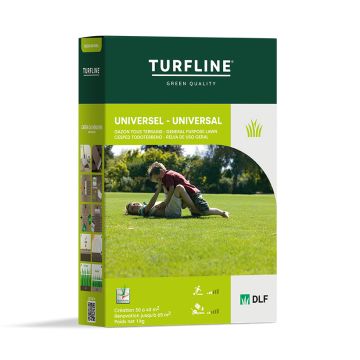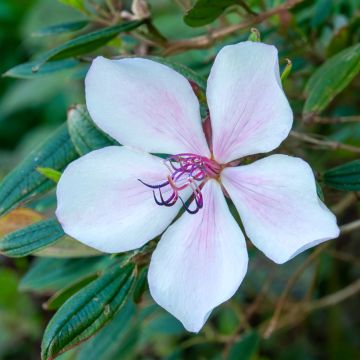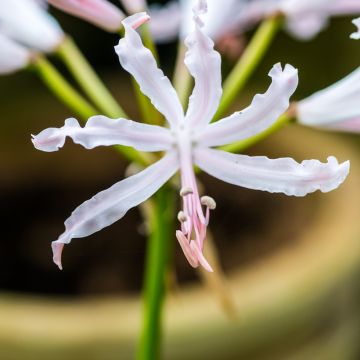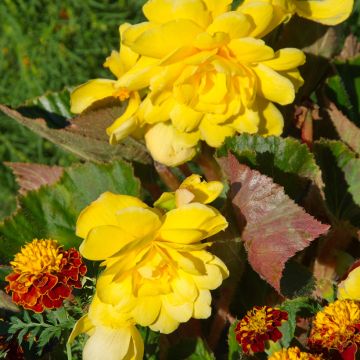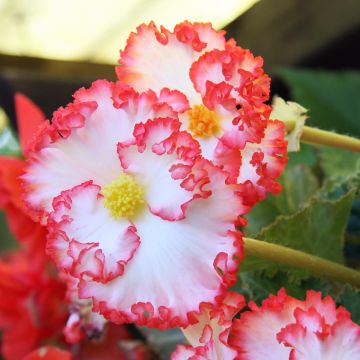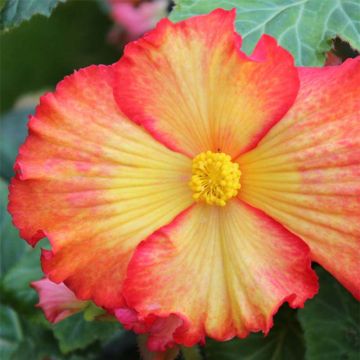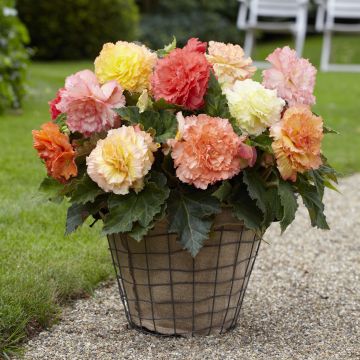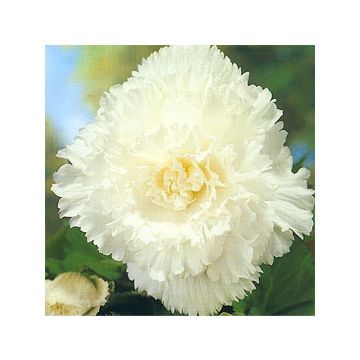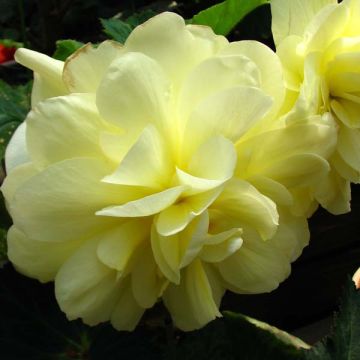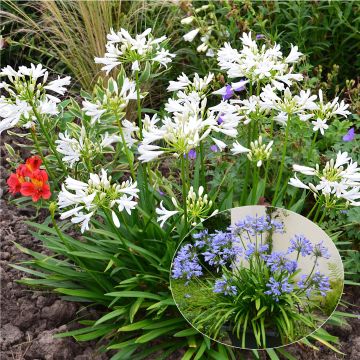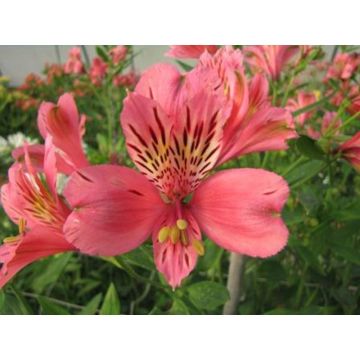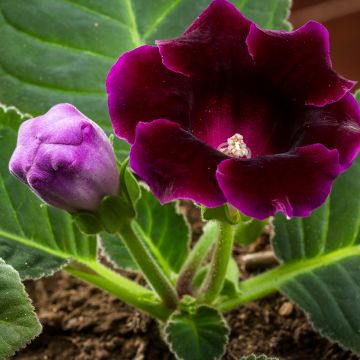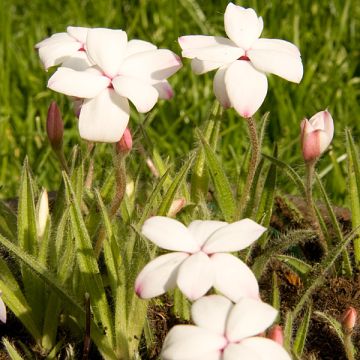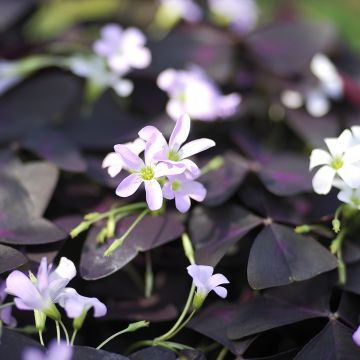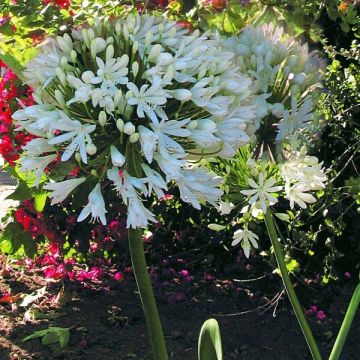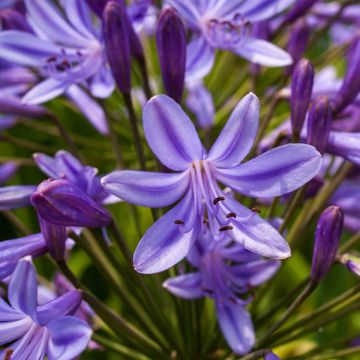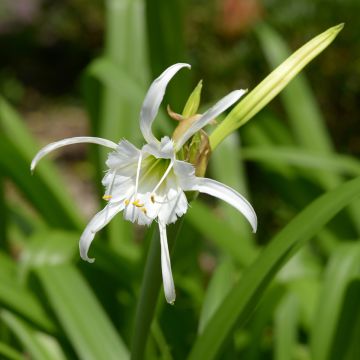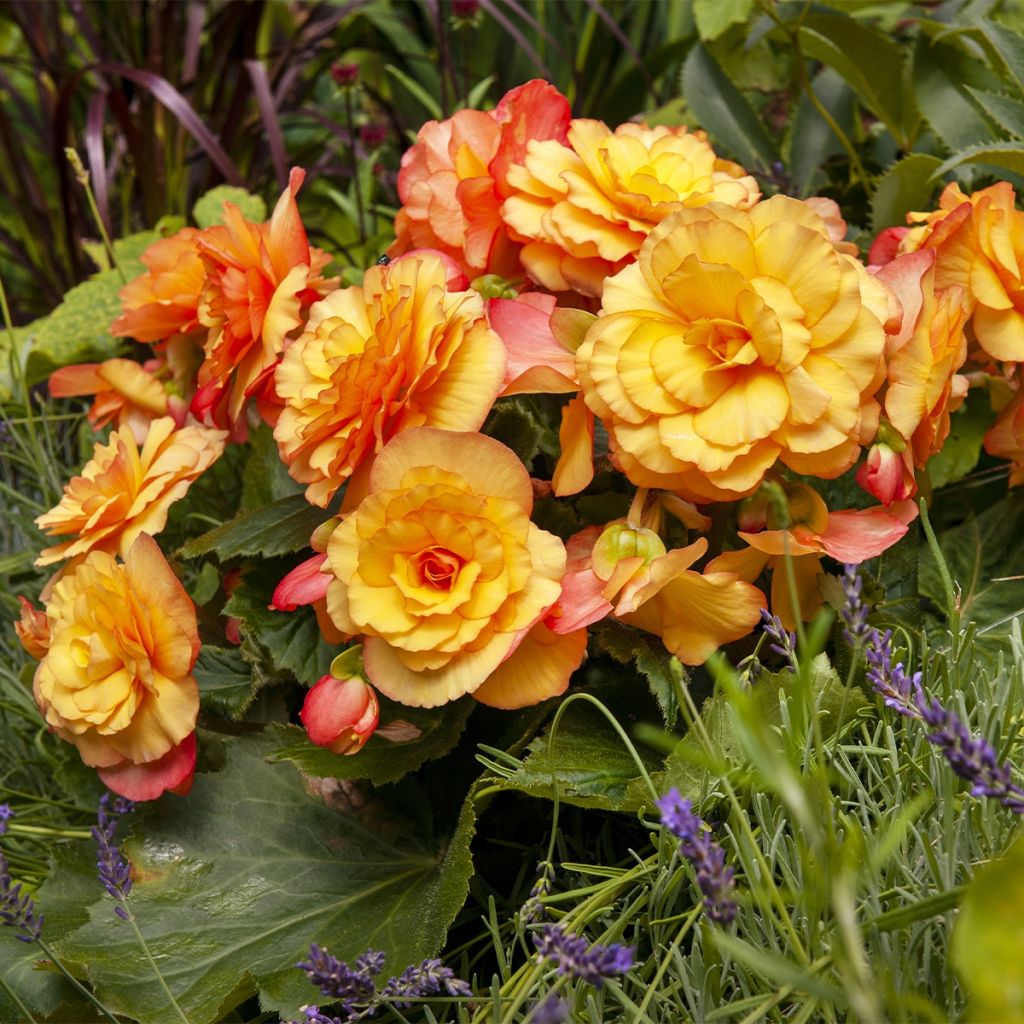

Begonia pendula Golden Balcony - Begonia retombant
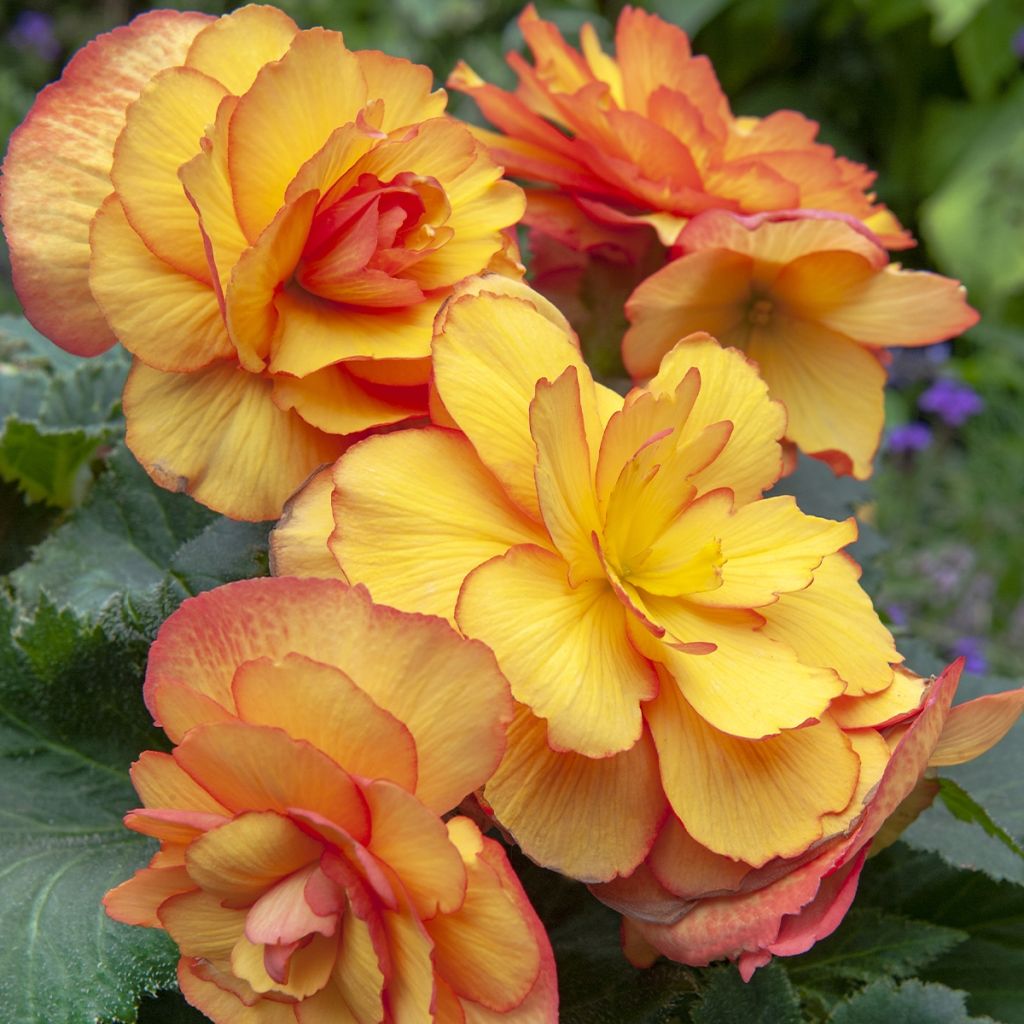

Begonia pendula Golden Balcony - Begonia retombant
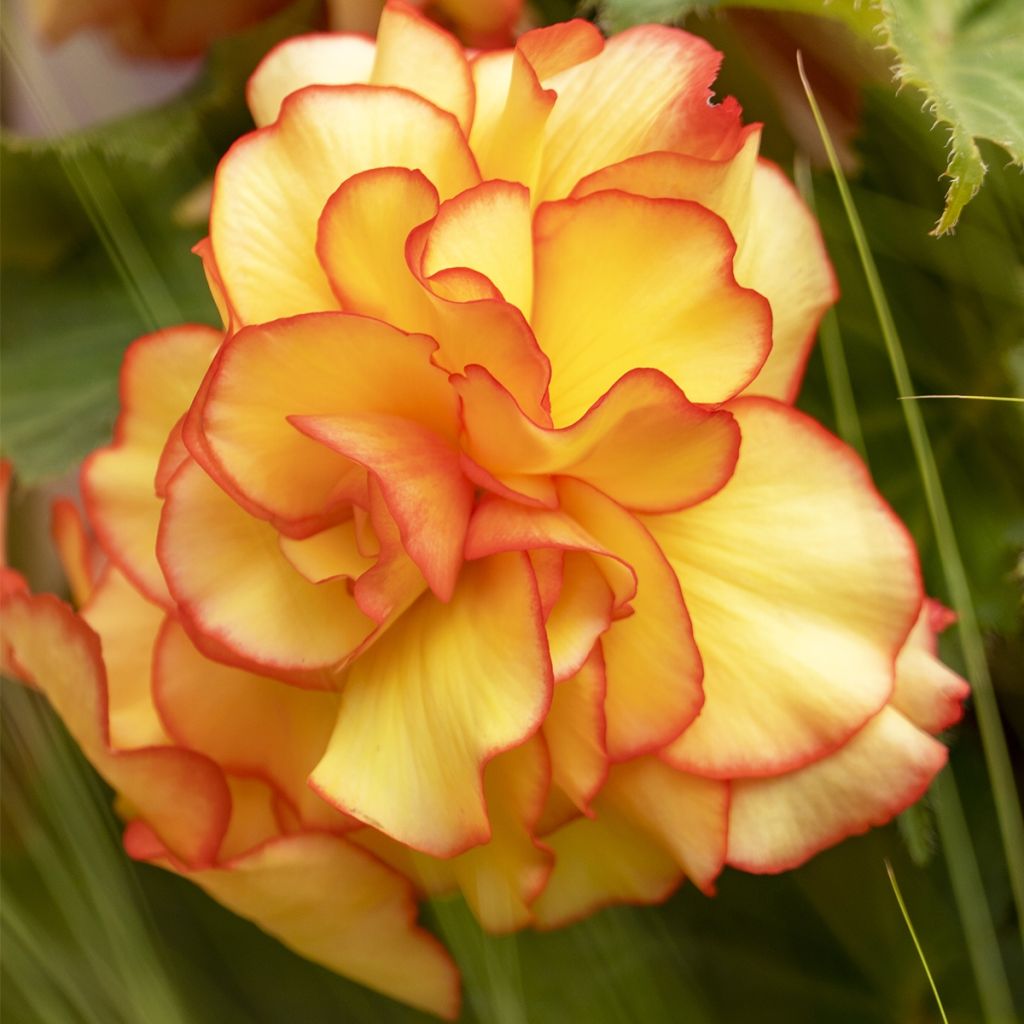

Begonia pendula Golden Balcony - Begonia retombant
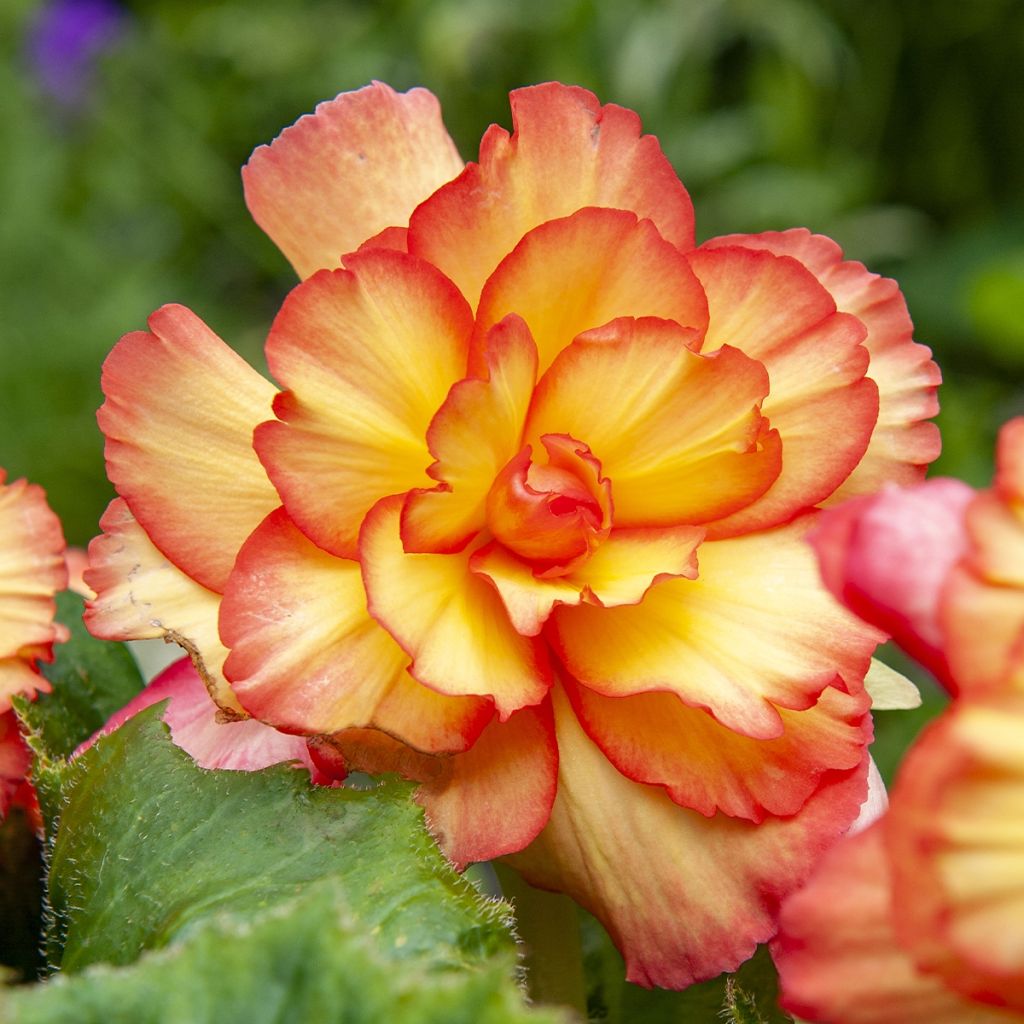

Begonia pendula Golden Balcony - Begonia retombant
Begonia pendula Tuberhybrida Golden Balcony
Begonia pendula Tuberhybrida Golden Balcony
Trailing Begonia, Hanging Begonia
Why not try an alternative variety in stock?
View all →This plant carries a 6 months recovery warranty
More information
We guarantee the quality of our plants for a full growing cycle, and will replace at our expense any plant that fails to recover under normal climatic and planting conditions.
From €7.90 for pickup delivery and €6.90 for home delivery
Express home delivery from €8.90.

Does this plant fit my garden?
Set up your Plantfit profile →
Description
The Begonia Tuberhybrida 'Golden Balcony' is a very beautiful variety of trailing begonia that is distinguished by a double flowering in warm tones, in a beautiful harmony of orange and yellow. This tuberous plant, which blooms from late spring to late summer, cascades gracefully, overflowing from hanging baskets and large planters. The Begonia pendula is perfect for dressing up a shaded veranda. With proper care, it is possible to make it bloom again.
The 'Golden Balcony' Begonia belongs to the Begoniaceae family and is part of the tuberous hybrid begonias, whose parents are mainly native to the Andean tropical forests. It is a cultivar that combines the characteristics of the 'Picotee' and Pendula groups, blooming tirelessly from July to October. It will reach a mature size of about 25cm (10in) in width and 35cm (14in) in height. It has a compact but trailing habit. Its foliage is deciduous, fleshy, medium green, alternate, with very serrated edges. The blades are always asymmetrical and have a waxy texture; the petioles have stipules at their base. The stems of this begonia are brittle. Its large round flowers, minimum 8cm (3in) in diameter, change colour, ranging from light yellow with varying red vermillion borders to orange, lightening during flowering. After flowering, the plant goes into dormancy. The tubers will be cultivated like those of Dahlias.
Begonias are unrivalled for decorating shaded areas. They are also comfortable in well-maintained flowerbeds, in the company of lighter flowers, as well as in pots on the terrace or in hanging baskets. This superb variety will be perfectly showcased in hanging baskets in the conservatory or veranda. Finally, it is good to know that there are hardy begonias, such as Begonia grandis.
Begonia pendula Tuberhybrida Golden Balcony in pictures
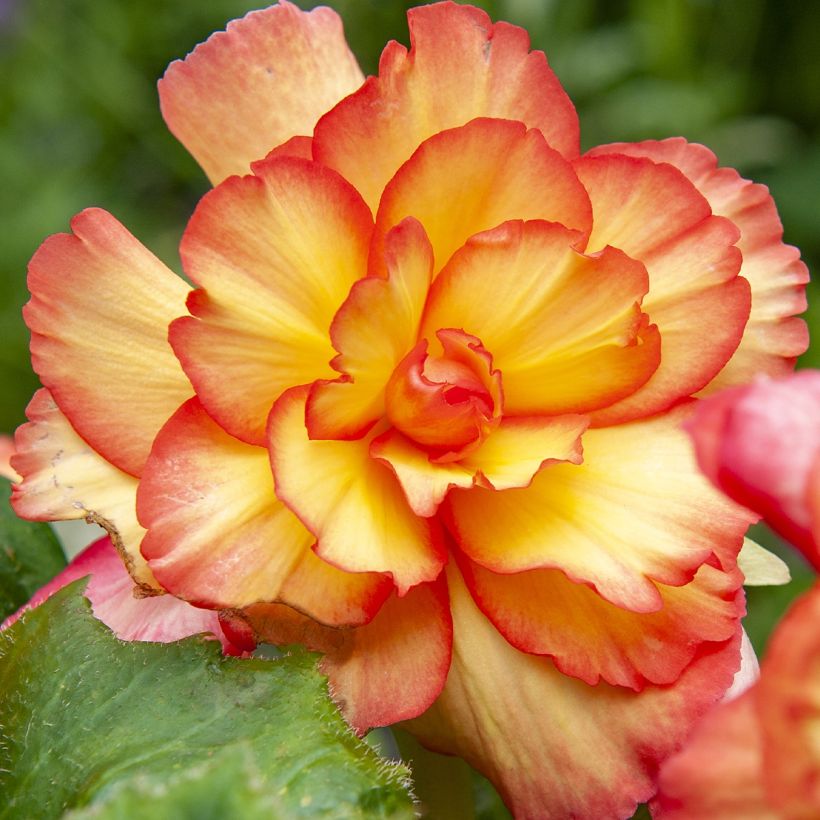

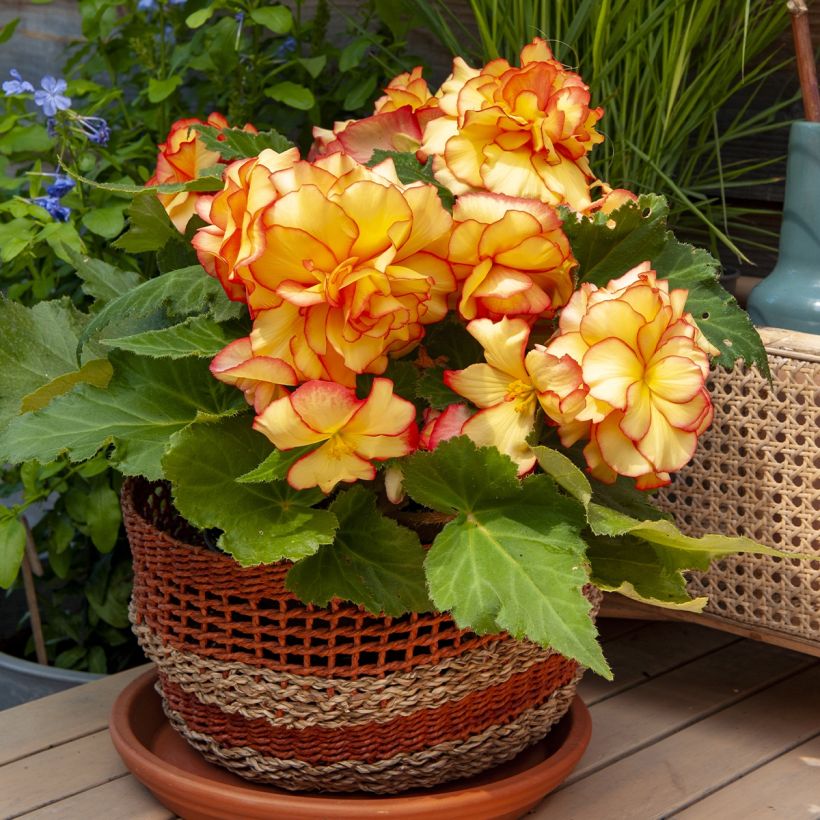

Plant habit
Flowering
Foliage
Botanical data
Begonia
pendula
Tuberhybrida Golden Balcony
Begoniaceae
Trailing Begonia, Hanging Begonia
Cultivar or hybrid
Other Begonias
View all →Planting and care
Plant your 'Golden Balcony' begonias in a shady or slightly sunny location, in light and moist soil rich in humus. Begonias are sensitive to heavy soils, so lighten them if necessary with some sand. Plant them after the last frost, one per pot of about twenty centimetres, or spaced 25 centimetres (10 inches) apart in open ground. Position the tubercle with the concave (hollow) part facing upwards and cover with 5 centimetres (2 inches) of soil. Like Dahlias, you can speed up their growth cycle by planting them as early as February, in pots, kept sheltered, and taking them out in May. Water regularly. Apply begonia fertilizer at planting, then twice a month during the season. Remove faded flowers. Dig up the bulbs before the first frost and store them in a little peat, in a dry and cool place, during winter. It is a shade plant that will grow better if it gets a few hours of sunlight per day. It appreciates light soils rich in organic matter (well-decomposed garden compost) that do not retain moisture. In addition, it is quite sensitive to powdery mildew and nematodes and requires regular but not excessive watering. Begonias are frost-sensitive plants, so they do not tolerate negative temperatures. For this reason, they are often grown in containers that can easily be brought indoors in heated greenhouses or under a veranda at the first frost. If they are in open ground, it is time to remove them and store them in a sheltered place until the following spring.
Planting period
Intended location
Care
-
, onOrder confirmed
Reply from on Promesse de fleurs
Bulbs to grow in pots
Haven't found what you were looking for?
Hardiness is the lowest winter temperature a plant can endure without suffering serious damage or even dying. However, hardiness is affected by location (a sheltered area, such as a patio), protection (winter cover) and soil type (hardiness is improved by well-drained soil).

Photo Sharing Terms & Conditions
In order to encourage gardeners to interact and share their experiences, Promesse de fleurs offers various media enabling content to be uploaded onto its Site - in particular via the ‘Photo sharing’ module.
The User agrees to refrain from:
- Posting any content that is illegal, prejudicial, insulting, racist, inciteful to hatred, revisionist, contrary to public decency, that infringes on privacy or on the privacy rights of third parties, in particular the publicity rights of persons and goods, intellectual property rights, or the right to privacy.
- Submitting content on behalf of a third party;
- Impersonate the identity of a third party and/or publish any personal information about a third party;
In general, the User undertakes to refrain from any unethical behaviour.
All Content (in particular text, comments, files, images, photos, videos, creative works, etc.), which may be subject to property or intellectual property rights, image or other private rights, shall remain the property of the User, subject to the limited rights granted by the terms of the licence granted by Promesse de fleurs as stated below. Users are at liberty to publish or not to publish such Content on the Site, notably via the ‘Photo Sharing’ facility, and accept that this Content shall be made public and freely accessible, notably on the Internet.
Users further acknowledge, undertake to have ,and guarantee that they hold all necessary rights and permissions to publish such material on the Site, in particular with regard to the legislation in force pertaining to any privacy, property, intellectual property, image, or contractual rights, or rights of any other nature. By publishing such Content on the Site, Users acknowledge accepting full liability as publishers of the Content within the meaning of the law, and grant Promesse de fleurs, free of charge, an inclusive, worldwide licence for the said Content for the entire duration of its publication, including all reproduction, representation, up/downloading, displaying, performing, transmission, and storage rights.
Users also grant permission for their name to be linked to the Content and accept that this link may not always be made available.
By engaging in posting material, Users consent to their Content becoming automatically accessible on the Internet, in particular on other sites and/or blogs and/or web pages of the Promesse de fleurs site, including in particular social pages and the Promesse de fleurs catalogue.
Users may secure the removal of entrusted content free of charge by issuing a simple request via our contact form.

































